
SaaS SEO Strategy: How To Rise Above Competition In 2025
Your SaaS company has great features, but your competitors dominate search results, stealing your potential customers. Sound familiar?
In this article, we will explore how you can get out of this common struggle and give you various strategies to fine-tune your SaaS SEO strategy.
By the end, you can already optimize your website to rank higher, attract more qualified leads, and outshine competitors in search engine results pages (SERPs).
SaaS SEO Vs. The Rest: What Sets It Apart
SaaS SEO stands out because it is not just about boosting traffic; it is about driving organic traffic that prompts meaningful actions like:
- Demos
- Sign-ups
- Subscriptions
In addition, SaaS companies like you need to address more complex customer needs, longer sales cycles, and highly specific search queries. But do not panic about its complexities.
The likes of SEO Hero can help you navigate SaaS SEO. With our expert teams, we can help you strategize and create content that fits your SaaS business needs.
SEO Hero can help simplify the unique challenges of SaaS SEO. Whether it is optimizing your onboarding resources or making sure your feature pages rank effectively, our experts are here to make SEO work smarter for you.
Outsourcing your SEO needs can save your company around $87,000/year. You can use the extra funds to fund more SEO strategies or other critical tasks.
Let’s dive into 4 ways it differs from traditional SEO.
I. Focused On Nurturing A Niche Target Audience
Unlike traditional SEO, which often targets broad audiences, you need to attract a well-defined target audience. For example, in the typical SEO strategy, you might focus on driving as much traffic as possible to an e-commerce site selling multiple product categories.
On the other hand, SaaS SEO zeroes in on attracting a target audience that needs a specific solution, like IT managers seeking a tool to streamline cloud infrastructure.
II. Content That Educates & Converts
Traditional SEO might lean heavily on sales pitches or product descriptions. For SaaS, you need to create content that educates. Tutorials, feature comparisons, and case studies dominate because they help prospects understand the value of your software.
III. Dynamic Website Optimization
Traditional websites, like e-commerce platforms, have static categories and product pages. Meanwhile, SaaS websites often have dynamic structures, like feature pages, pricing tiers, onboarding resources, and knowledge bases.
These complexities demand advanced website optimization strategies to guarantee proper indexing, seamless navigation, and a user-friendly experience for both search engines and visitors.
IV. Longer Buyer Journeys
With typical SEO efforts, you will cater to shorter decision-making processes, like buying a product on the spot. But for SaaS SEO, you must account for longer sales cycles where users research, compare, and evaluate before committing to a subscription.
8 Proven SaaS SEO Strategies To Stay Ahead
Review each strategy and note the quick wins that align with your goals so you know what to prioritize implementing.
1. Use High-Intent Keywords To Attract Ready-To-Buy Leads
High-intent keywords are commercial or transactional search terms. These keywords reflect clear search intent, meaning users aren’t just researching—they are actively looking for a solution to adopt. They signal that users are ready to take the next step, like signing up for a demo or starting a free trial.
In addition, these terms bridge the gap between traffic and conversions. When you focus on these, you can connect with potential customers at the decision-making stage.
What To Do
Use Semrush to do keyword research and identify high-intent terms, like this:
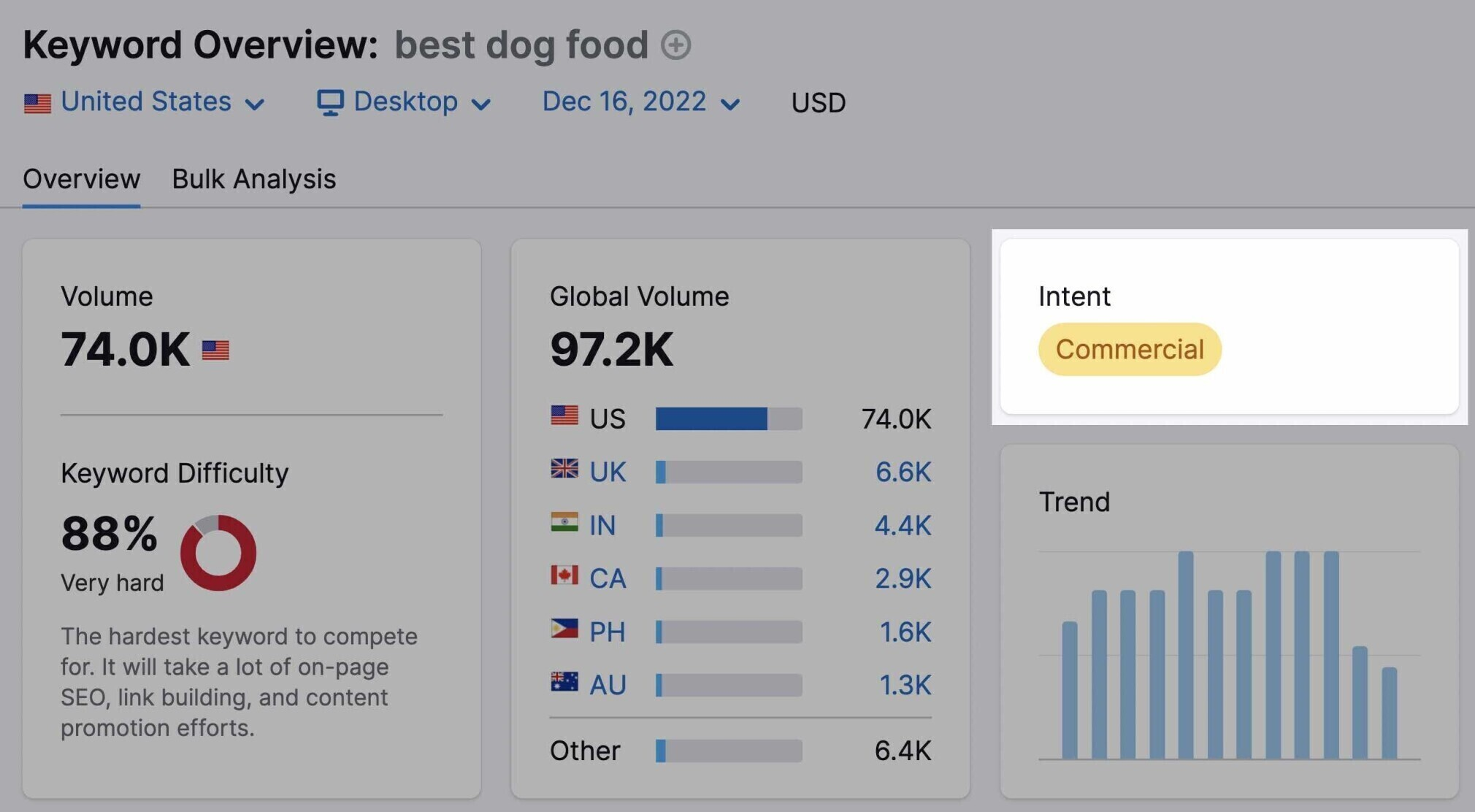
Semrush’s Keyword Magic Tool also highlights keyword intent in a dedicated column to make it easy to analyze relevant terms for your target keywords. Use this to check search intent directly within the tool without any guesswork.
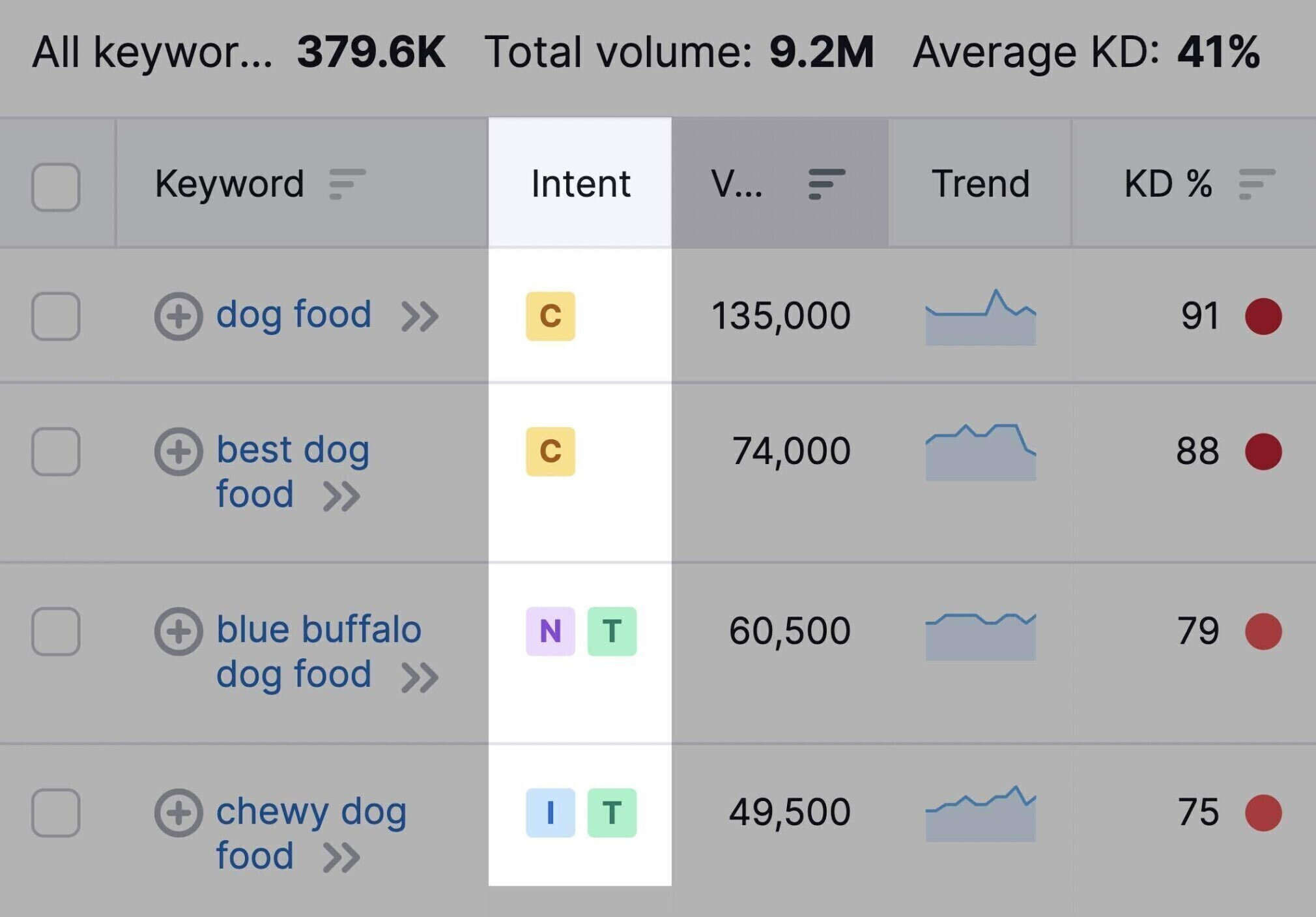
Let’s apply this in a SaaS-relevant environment. For example, commercial keywords like “best CRM for freelancers” or transactional terms like “compare email marketing software pricing” are far more effective than generic phrases like “CRM tools.”
You can use these terms to create highly focused landing pages, product comparisons, or blog content that directly answers their needs. For instance, you can develop a landing page optimized for “compare email marketing software pricing” and include a detailed pricing chart, feature breakdowns, and CTAs for free trials.
This approach aligns your content with their search intent, so you can capture qualified leads and move them closer to conversion.
2. Develop Onboarding Content To Simplify The User Journey
Onboarding content helps guide new users through your SaaS product and makes it easy for them to understand and use your features. This should be tailored to answer or fix common user challenges, and the content type can be:
- FAQs
- Tutorials
- Quick-start guides
Use them to simplify the journey and make sure they get value from your product quickly, which can help reduce churn and build trust. Plus, onboarding content can improve your site’s engagement and retention metrics, both of which signal quality to search engine algorithms.
How?
Because when users spend more time exploring your web pages, search engines can recognize your site as valuable. Your onboarding material can also help you rank for relevant keywords tied to user pain points. This lets you attract fresh leads while supporting existing customers.
What To Do
Use SEO tools to check search queries related to your SaaS product. For example, once you input your target keyword on Ahrefs, you can get this:

You can also use Google’s “People also ask” feature to find the common questions your target audience is asking for, like this:

Use these insights to craft tutorials and FAQs answering real user questions. When writing your content, consider using an AI humanizer to make it more conversational and engaging. These tools refine your tone, simplify complex phrases, and add a natural flow. It can make your message resonate with your audience while keeping it professional.
To fine-tune this already solid SEO strategy, you can collaborate with your existing users. Survey your current users to identify gaps in onboarding materials. You can send a quick SMS survey or a short email survey. Their feedback can guide you in creating content that better supports future customers.
3. Create Collaborative Opportunities To Earn High-Quality Backlinks
Instead of simply asking for backlinks, you create value together—like guest blog posts, co-branded resources, or interviews. Use these collaborations to strengthen your network and build trust to get high-quality backlinks that increase your authority.
This is effective because backlinks from trusted sources show search engines that your SaaS website is credible. Collaborative opportunities also get you links to help expand your visibility within your target market. With this, you can climb higher in search engine rankings and attract more of the right audience.
What To Do
Identify sites in your niche that accept guest posts and pitch them topics that provide value to their audience. Share high-quality content that naturally includes backlinks to your SaaS website.
To do this, simply input these on Google or other search engines:
- Write for us [your niche]
- Submit a guest post [your niche]
- Guest post guidelines [your niche]
For example, let’s say you are in the SaaS veterinary niche, where there is growing demand. Here’s what you can search to find relevant guest post sites:
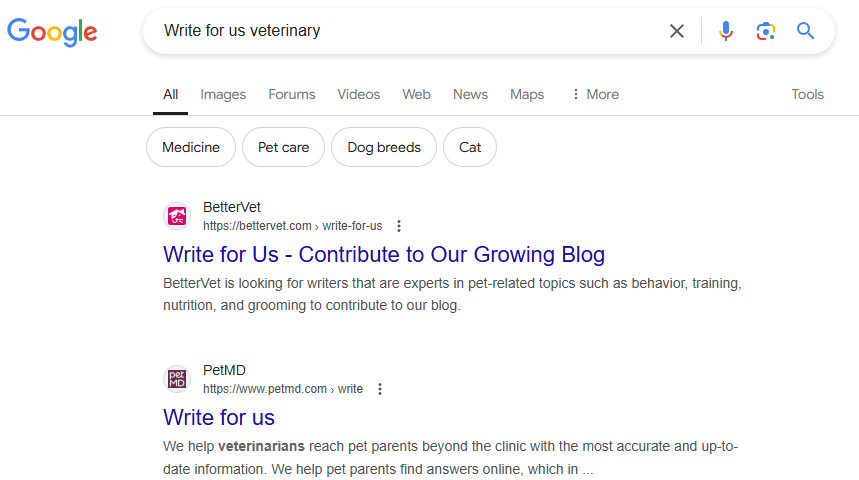
Then, after communicating with the guest post site, write something valuable for their audience, like an article on veterinary practice valuation. Within the content, you can include a section about the growing importance of investing in technology, like cloud-based practice management software, to increase operational efficiency and practice valuation.
This lets you naturally mention your SaaS solution as a tool that modern veterinary clinics are leveraging to enhance their business value. It also gives you the chance to create a seamless link back to your SaaS website.
Additionally, you can partner with complimentary SaaS tools or industry leaders to create whitepapers or research. Both parties promote the resource to earn backlinks from multiple platforms.
You can also host or participate in webinars or interviews with thought leaders in the SaaS industry. These often lead to backlinks when the content is shared on partner sites.
4. Use Testimonials To Showcase Real-World Success Stories
Share real experiences from your customers to show how your SaaS solution works in real life. But this is not just about listing features; it is about showing tangible results, like improved workflows or increased revenue. Use these testimonials to help potential customers connect emotionally and see how your product fits their needs.
Also, you can include related keywords in your testimonials to help with your search engine rankings. For example, a testimonial mentioning “CRM software for startups” helps Google associate your page with that term.
What To Do
Incentivize your testimonials. So offer small perks like extended free trials or access to premium features for customers who provide detailed testimonials.
Additionally, use survey responses as testimonials. If a customer leaves glowing feedback, ask for permission to feature it on your site.
To give you an idea, here’s how you can display your client feedback:
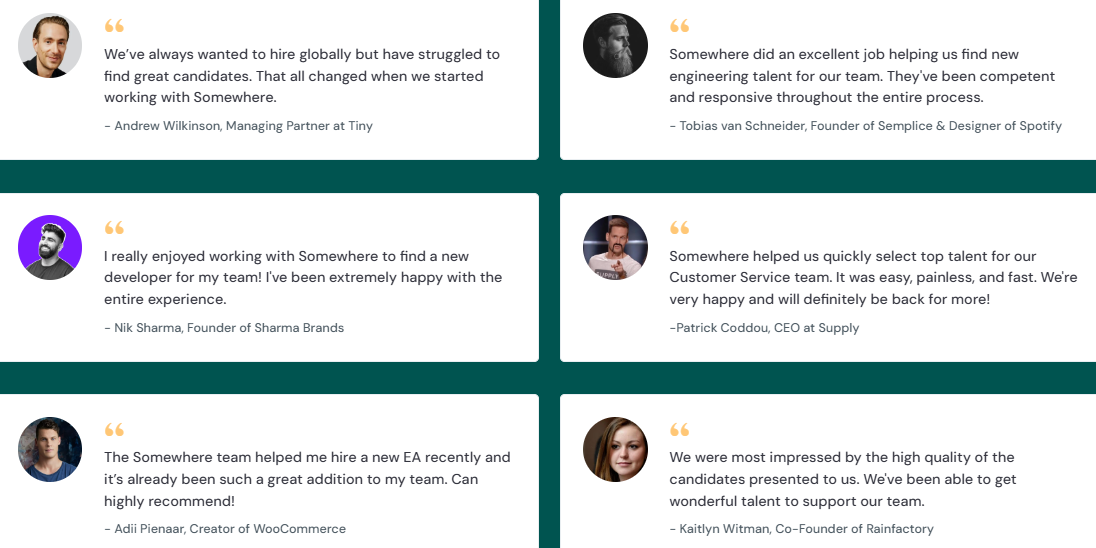
These are from a brand called Somewhere, and the dedicated testimonial homepage section immediately grabs attention by combining positive feedback with visual trust cues. Including the photos of the individuals, along with their names and titles, adds authenticity and credibility to help make them more relatable for potential clients.
5. Revamp Pricing Pages To Engage Decision-Makers
Turn your pricing pages into high-converting tools that speak directly to decision-makers. But you cannot just simply show your prices. You have to present value, address concerns, and simplify their choices.
Your pricing pages need to explain why your product is worth the investment. For SaaS businesses like yours, these pages often serve as the final stop before a conversion.
Meanwhile, from an on-page SEO perspective, a well-optimized pricing page can help you rank for key decision-stage search terms like “affordable project management software pricing.”
Combining clarity and value with strong search engine optimization guarantees your pricing pages align perfectly with search intent for potential buyers. With this, they are more likely to engage and convert.
What To Do
Use a clean, easy-to-read web design that highlights key benefits alongside pricing tiers. Avoid overwhelming users with too much information.

This pricing page stands out with its clear breakdown of features for each plan, which makes comparisons easy. The toggle feature lets users seamlessly switch between individual or business options, ensuring they find the right fit quickly. It is straightforward and designed to meet different needs without any hassle.
To improve your pricing page, use visual cues, like a badge or contrasting color, to emphasize your most recommended or best-value plan. This helps guide users toward the option that works for most customers.
You should display monthly and annual pricing options too, along with any discounts for long-term commitments. Let this cater to users with different budgeting needs.
Lastly, include interactive features. For example, you can add a pricing calculator or dynamic comparisons to let users customize their plan based on team size or features. This can engage visitors and make the page feel more tailored to their needs.
6. Refine Core Web Vitals To Maximize Site Performance
Focus on the 3 metrics that measure how fast, stable, and responsive your website feels to users: loading speed, interactivity, and visual stability. For SaaS businesses, technical SEO is not just about making the site faster; it is about making sure your visitors:
- Stick around
- Engage with your content
- Trust your platform’s reliability
Why should this be important for you?
Core Web Vitals directly impact your site’s ranking. Google’s search engine bots prioritize websites with great user experiences, meaning a slow or unstable site can push you down the rankings.
What To Do
Compress and resize images without losing quality to reduce load times, especially for graphics-heavy pages like demos or tutorials. To do this, use tools like TinyPNG to compress any image files you have.

You should enable lazy loading too so the content only loads as users scroll to it. This can make your site feel responsive without overwhelming visitors.
Also, invest in fast hosting and a Content Delivery Network to deliver content efficiently to users worldwide.
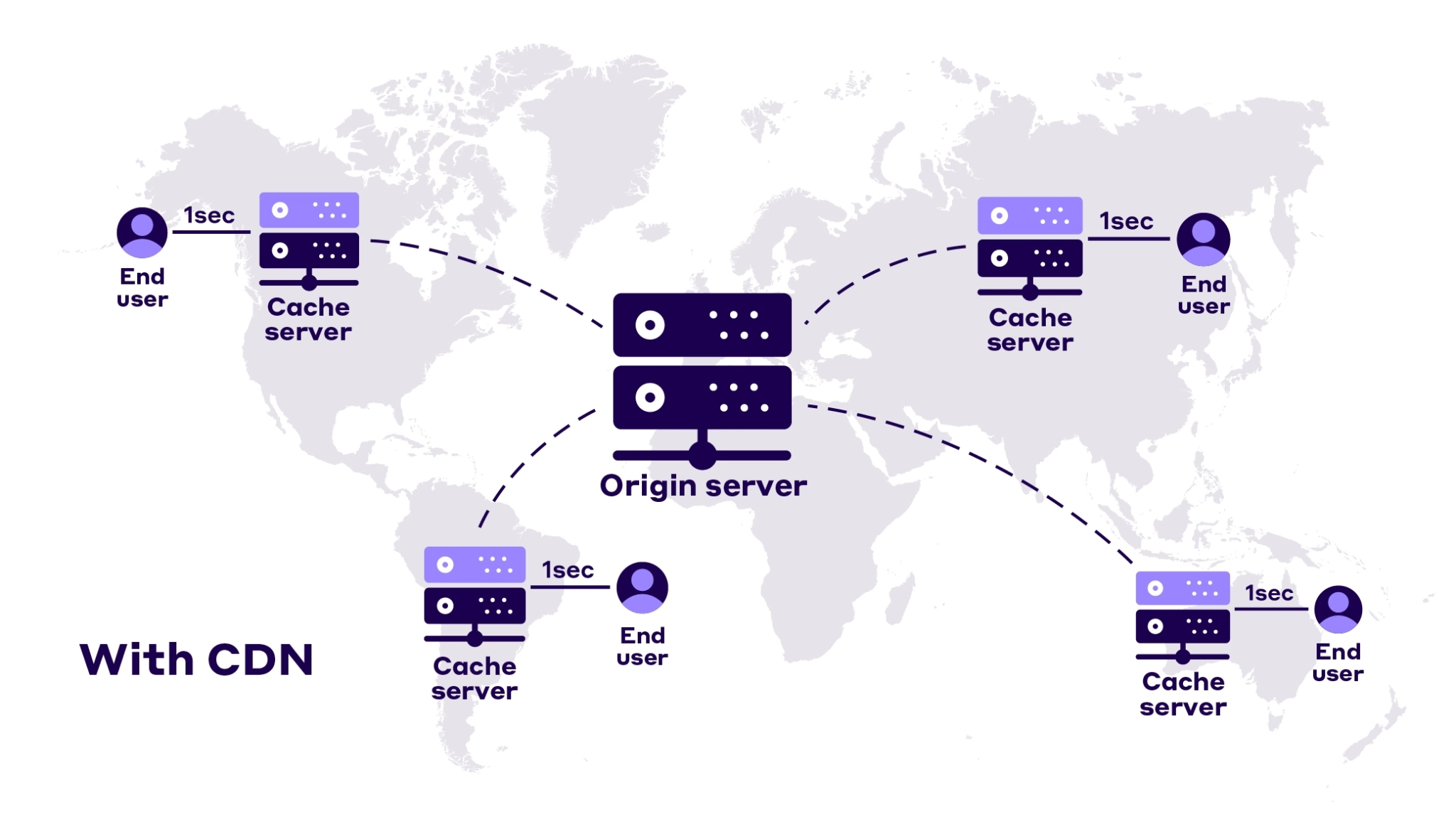
To check how optimized your site is, use Google PageSpeed Insights. Here’s an example:

As you scroll through the results, the tool also gives out specific diagnostics to help you improve your page speed, like this:

You might be thinking, “This all sounds a bit complicated.” It can definitely get tricky, which is why it is best to let SEO experts like us take care of the technical details while you focus on scaling your business.
7. Repurpose Content To Maximize Its Reach Across Platforms
Take what you already created—like blog posts, videos, or guides—and reformat it for other platforms to reach new audiences. For example, a blog post can become a:
- LinkedIn carousel
- Short YouTube tutorial
- Infographics for Instagram
Use these to make sure your hard work reaches your audience where they prefer to engage. Plus, this is essential for scaling a content marketing strategy without starting from scratch.
Lastly, this can help you build backlinks and engagement—key drivers for stronger SEO and long-term growth.
What To Do
Extract key points or quotes from blogs or guides and format them into bite-sized posts for social media marketing platforms like LinkedIn or Twitter. For example, take a blog post titled “5 Ways to Improve Team Collaboration with SaaS Tools” and turn each way into a separate LinkedIn post.
Pair each point with a short, engaging caption like, “Tip #3: Use real-time file-sharing tools to streamline communication—because collaboration should never feel clunky.” Include a visual, like a screenshot or infographic, to make the post stand out in feeds.
You can turn these posts into lead magnets on LinkedIn. When someone interacts with your post, start a DM conversation and share a free resource, like an eBook or demo. Each click can drive engagement and boost your site traffic.
Also, design infographics or slide decks. Summarize detailed blogs into visuals that are easy to share to extend the content’s reach to visual-first audiences.
8. Measure Success To Drive Continuous Improvement
This is all about understanding what is working, what is not, and how to make improvements that bring better results over time.
Why do you need to do this?
Search engines like Google constantly update their algorithms, and what worked yesterday might not work tomorrow. When you actively monitor your search engine ranking and user behavior, you can adapt quickly and avoid wasting resources on outdated tactics.
What To Do
Use Google Analytics and Google Search Console, both free tools offered by Google. With the former, you get to dive into user behavior on your site, like where visitors come from and what they do.
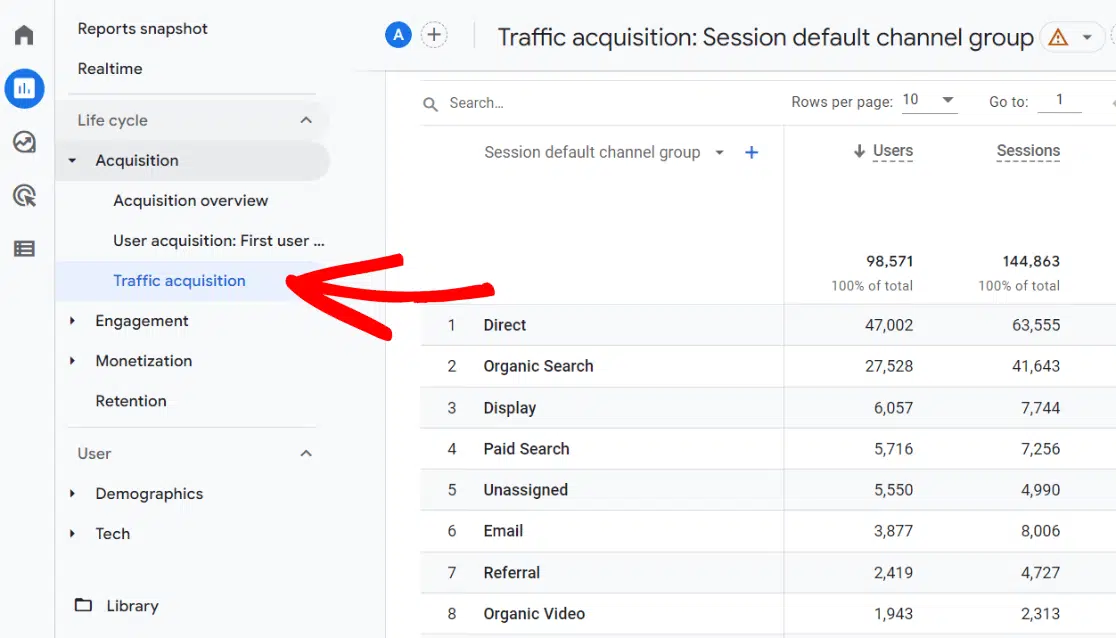
For the latter, you can focus on how your site performs in search results, like keywords and rankings. To learn how to use it to your advantage, watch the Google Search Console tutorials on YouTube straight from Google itself.
Conclusion
With that, it is now your turn to assess your SaaS SEO strategy and identify the most impactful area to tackle first. If keyword rankings are lagging, focus on refining your targeting. If your content isn’t bringing in leads, create resources that directly address your audience’s pain points.
So gather your team, prioritize these actions, and take steps that align with your business goals. But make sure to consistently monitor the outcome of your chosen strategies so you can adjust as needed.
To help you out, join us at SEO Hero. With our SEO service and experienced specialists, you can come closer to outpacing the competition in the SaaS niche. Contact us now and let’s start working on your SaaS site.




